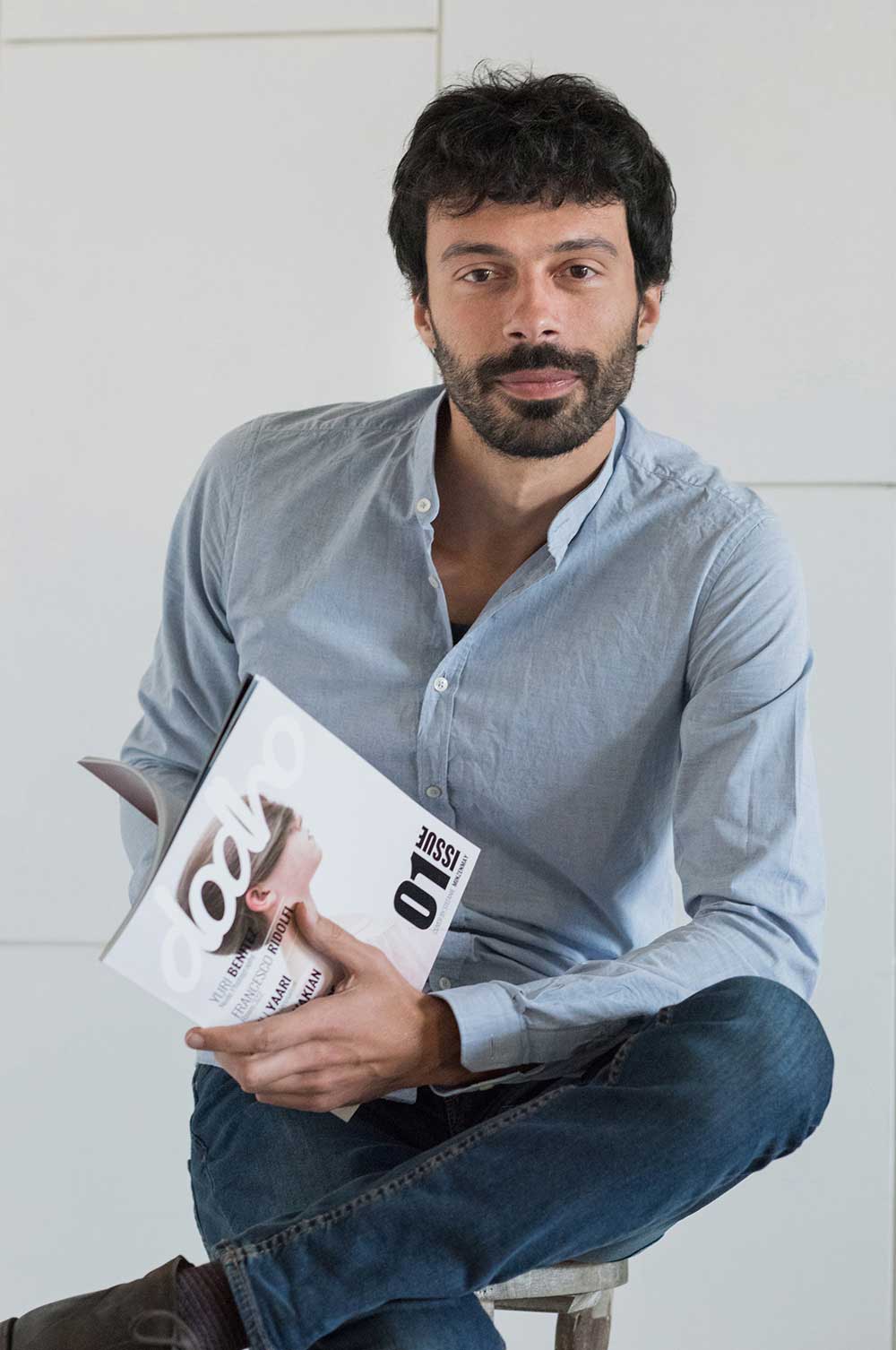Francesco Ridolfi is a portrait photographer active in both the commercial and artistic fields. His work has been acknowledged and published in Italy and internationally. Francesco is drawn deeply by images that, in finalising a project of research, find the right form for a well-conceived idea.
The shooting phase becomes the final part of a longer process, where the casting of the actors, the styling, the set building and the whole production in general are fundamental to achieve the final result.Francesco’s working life is divided between Bologna, Milan and Brussels. [Official Website] [Print Edition] [Digital Edition]
Can you tell a little about yourself?
I’m a portrait photographer based in Bologna, Italy.
How did you get interested in photography?
Even if I picked up my first camera (an old full manual Olympus OM-1) very early in my childhood, the real turning point has been a trip I took in South East Asia after my graduation in 2006. Two months traveling across that region has been incredibly fulfilling and inspired me in making the first steps in the professional field.
What inspired you to take your images?
For my fine art projects I found inspiration in my background, roots and personal experiences I lived. I really believe that is possible to find inspiration literally everywhere and is up to us to collect these urges and let them inspire and feed our soul.
Three words that describe your works?
Clean, tidy and balanced.
How would you define your general style of photography?
Clean, tidy and balanced. 🙂
In your opinion, what makes a good portrait photograph?
Portrait photography is not about technique and photography skills, it’s about emotions and connection with the subject. You can master lighting and camera gears but if your approach to the subject lacks of sensibility and empathy, and it’s not driven by a vision and an idea, you can’t achieve great results.
What do you think makes a memorable project?
I think that a fundamental ingredient of any great project is “consistency”. You should be able to convey a message and a personal style across the entire series. Keep the whole project (maybe formed by several different images) consistent, accompanying the viewer through your vision.
How do you know you got the shot you wanted?
Again, I think it’s a matter of empathy and connection with your subject. If you are able to keep this link during the shoot, you know when you have what you were looking for. This is why I prefer to keep shooting and don’t interrupt this link checking the monitor of my camera continuously. It’s important to be self-confident and trust your own judgment.
Your idea of the perfect composition?
For me a perfect composition is not just the rule of third, the right equilibrium between full and empty spaces, but also and maybe more importantly the balancing of the color across the image. In particular, I love, and when possible I try to work with, narrow color palettes. I find very rewarding using subtle changes of the same tone instead of putting together different colors, it pleases my eye and I believe it helps the general composition of the image.
What would I find in your camera bag?
For sure a 50mm f1.4, a 85mm f1.4 and a roll of tape.
What future plans do you have?
I’m about to buy a new studio in my hometown and I’m pretty excited about it!
Finally, one last question. What opinion do you have of our print edition?
I find it really nice, with a beautiful thick cover and a good printing quality.
Maybe, personally, I don’t like so much the index of each author, with the black gradient over the photos.. but it’s just a personal opinion!
Thanks again for the opportunity, it has been a pleasure to be part of this first issue!







